To provide the best experiences, we use technologies like cookies to store and/or access device information. Consenting to these technologies will allow us to process data such as browsing behaviour or unique IDs on this site. Not consenting or withdrawing consent, may adversely affect certain features and functions.
The technical storage or access is strictly necessary for the legitimate purpose of enabling the use of a specific service explicitly requested by the subscriber or user, or for the sole purpose of carrying out the transmission of a communication over an electronic communications network.
The technical storage or access is necessary for the legitimate purpose of storing preferences that are not requested by the subscriber or user.
The technical storage or access that is used exclusively for statistical purposes.
The technical storage or access that is used exclusively for anonymous statistical purposes. Without a subpoena, voluntary compliance on the part of your Internet Service Provider, or additional records from a third party, information stored or retrieved for this purpose alone cannot usually be used to identify you.
The technical storage or access is required to create user profiles to send advertising, or to track the user on a website or across several websites for similar marketing purposes.
 Four out of five (81 percent) business leaders in the UK say Generative AI will benefit their employees, according to new research from LinkedIn. The top ways that UK executives believe Generative AI will benefit employees is by removing boring, repetitive tasks (64 percent), increasing productivity (52 percent) and freeing up time for bigger and more creative thinking (59 percent), according to the poll. One in three (31 percent) also believe that the rise of Generative AI will create brand new roles at their organisation. (more…)
Four out of five (81 percent) business leaders in the UK say Generative AI will benefit their employees, according to new research from LinkedIn. The top ways that UK executives believe Generative AI will benefit employees is by removing boring, repetitive tasks (64 percent), increasing productivity (52 percent) and freeing up time for bigger and more creative thinking (59 percent), according to the poll. One in three (31 percent) also believe that the rise of Generative AI will create brand new roles at their organisation. (more…)





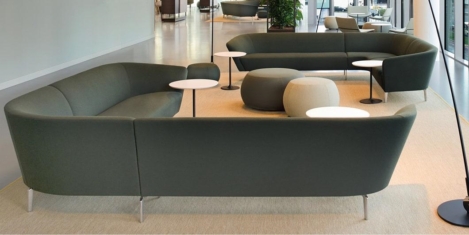
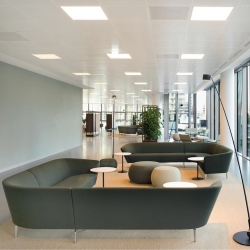
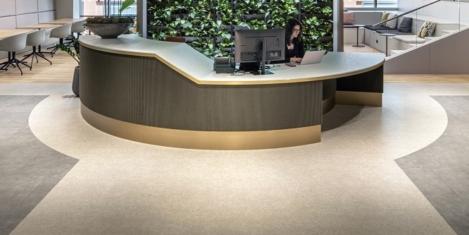
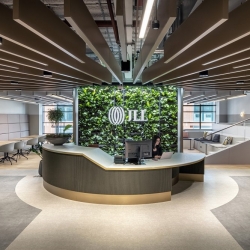








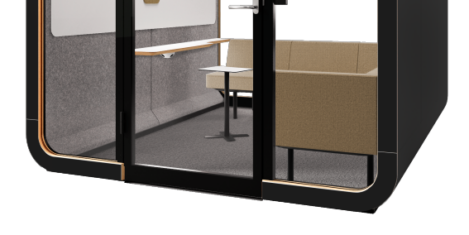
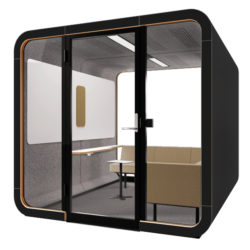

 Generation Z and millennials make up a huge part of the workforce and are only continuing to grow, and with this increase, more is being asked from the workplaces that employ them. Workplace wellness is becoming increasingly essential, especially as employee well-being decreases and affects trust in employers’ efforts. With significant economic woes and work setup changes affecting professional life, 64 percent of the UK workforce would say their
Generation Z and millennials make up a huge part of the workforce and are only continuing to grow, and with this increase, more is being asked from the workplaces that employ them. Workplace wellness is becoming increasingly essential, especially as employee well-being decreases and affects trust in employers’ efforts. With significant economic woes and work setup changes affecting professional life, 64 percent of the UK workforce would say their 
 The CIPD has revealed its programme, including an exciting line-up of speakers, for its
The CIPD has revealed its programme, including an exciting line-up of speakers, for its 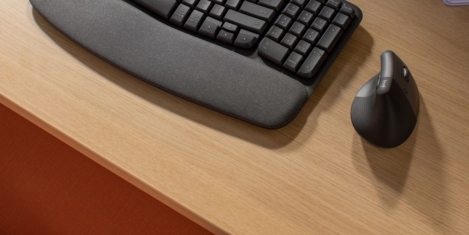
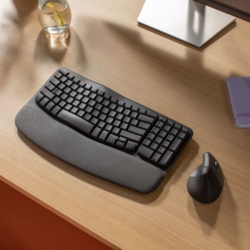 Logitech has unveiled
Logitech has unveiled 








November 12, 2023
Want people to spend more time in the office? Give them a little piece of home
by Yaron Rosenblum • Comment, Workplace design